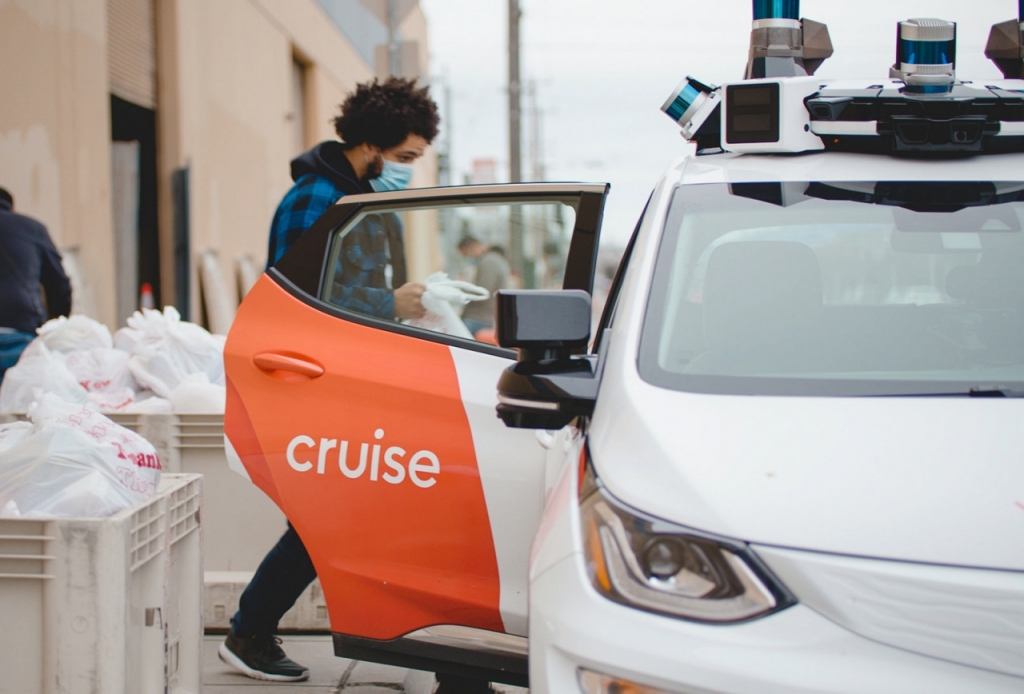General Motors' Cruise, a self-driving taxi company headquartered in San Francisco, California is expanding its ride-hailing service to Austin and Phoenix. The autonomous vehicle company revealed its plan for expansion to the two states earlier this week.
Cruise said that it would launch its robotaxi service this coming fall. The company started dispatching its driverless cars in San Francisco this year, and people rode them according to the given service rates. Then again, the service is only available during overnight hours to minimize the chance of accidents as the company continues to improve the robotaxis’ system.
As per Fox Business, in early September, Cruise updated the software of all the 80 autonomous vehicles, and this was done after an accident occurred in June. one Cruise taxi with passengers was hit by an oncoming vehicle at an intersection. It was learned that the other vehicle was speeding in the wrong lane and clearly was at fault in the incident.
Even so, the company learned something from it and started to make some changes in robotaxis’ programming so these will be able to handle any similar incidents much better next time. The company’s co-founder and chief executive officer, Kyle Vogt, said that their Cruise robotaxis would soon be available in Phoenix, Arizona and Austin, Texas. He said that the operations there would be ready within 90 days.
They are planning to increase the number of vehicles over the course of the year and will start with a small fleet this year. It was mentioned that Cruise is actually already operating a pilot program for delivery service at Walmart in Phoenix.
The company chief shared that with their continuous development of driverless vehicles, they are working on some rough spots and focusing on this area at this time. Vogt explained they need to keep working on it “but the AV technology itself is no longer the main bottleneck."
The Cruise units are being monitored remotely by human employees to tackle issues instantly during operation. It was also noted that these autonomous rides are "geo-fenced" within a defined operational territory that has been mapped out in great detail.
Meanwhile, General Motors’ Cruise unit has a goal of reaching $1 billion in profits by the year 2025. The target may appear huge, but this is actually only half of its current level of annual investment from its GM parent company, according to Reuters.



 Public-Sector Pay Rises Outpace Private Sector for the First Time Since 2020
Public-Sector Pay Rises Outpace Private Sector for the First Time Since 2020  Tesla’s Bitcoin Holdings Surpass $1 Billion Again as Bull Market Reignites Investor FOMO
Tesla’s Bitcoin Holdings Surpass $1 Billion Again as Bull Market Reignites Investor FOMO  Record Ethereum ETF Inflows Surge $500M in Days as ETH Price Soars Toward Key $4K Target
Record Ethereum ETF Inflows Surge $500M in Days as ETH Price Soars Toward Key $4K Target  What a Trump presidency will mean for Europe’s economy
What a Trump presidency will mean for Europe’s economy  Restricting cars in cities: a cost-benefit analysis of Low Emission Zones
Restricting cars in cities: a cost-benefit analysis of Low Emission Zones  SoftBank Teams With Nvidia To Bring Japan’s Largest AI Supercomputer With Blackwell Chip Power
SoftBank Teams With Nvidia To Bring Japan’s Largest AI Supercomputer With Blackwell Chip Power  U.S. Accelerates Missile Shipments to Ukraine Amid Escalating Tensions
U.S. Accelerates Missile Shipments to Ukraine Amid Escalating Tensions  Hedge Funds Lose Over $5 Billion Betting Against Tesla Amid Musk-Trump Alliance
Hedge Funds Lose Over $5 Billion Betting Against Tesla Amid Musk-Trump Alliance  How Potential Republican Control Could Impact Markets: Stocks, Bonds, and Currency Trends
How Potential Republican Control Could Impact Markets: Stocks, Bonds, and Currency Trends  Bitcoin Closing in on $90K as It Posts Best Weekly Surge Since 2023 Banking Turmoil
Bitcoin Closing in on $90K as It Posts Best Weekly Surge Since 2023 Banking Turmoil  China’s J-35A Stealth Fighter Debuts at Zhuhai Air Show, Signaling Military Advancements
China’s J-35A Stealth Fighter Debuts at Zhuhai Air Show, Signaling Military Advancements  Republican Victory Likely to Shape U.S. Fiscal Policy and Economic Outlook
Republican Victory Likely to Shape U.S. Fiscal Policy and Economic Outlook  Bitcoin Breaks $85K Barrier; Analysts Predict Path to $1 Million by 2033
Bitcoin Breaks $85K Barrier; Analysts Predict Path to $1 Million by 2033  BofA: AMD Continues to Outpace Intel with Market Share Gains in 2024
BofA: AMD Continues to Outpace Intel with Market Share Gains in 2024  Italy’s Crypto Tax Cut to 28% Gains Momentum as Detroit Embraces Digital Tax Payments
Italy’s Crypto Tax Cut to 28% Gains Momentum as Detroit Embraces Digital Tax Payments  Samsung’s Stock Hits Lowest Since 2020 as Trump Tariff Fears and AI Rivalry Grow
Samsung’s Stock Hits Lowest Since 2020 as Trump Tariff Fears and AI Rivalry Grow 































